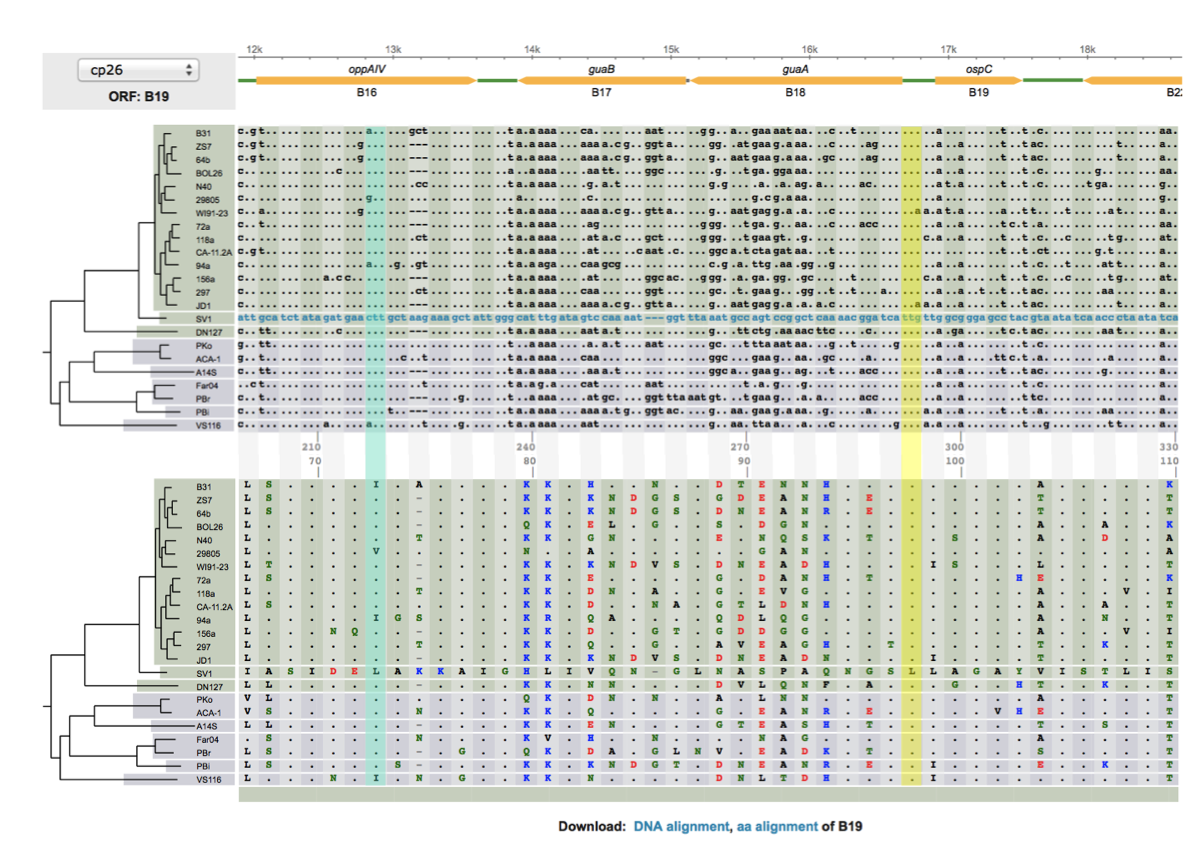Biol20N02 2016: Difference between revisions
imported>Weigang (Created page with "<center>'''Analysis of Biological Data''' (BIOL 20N02, Spring 2015)</center> <center>'''Instructor:''' Dr Weigang Qiu, Associate Professor, Department of Biological Sciences <...") |
imported>Weigang |
||
| Line 8: | Line 8: | ||
[[File:Borreliabase-screenshot-1.png|350px|thumbnail]] | [[File:Borreliabase-screenshot-1.png|350px|thumbnail]] | ||
==Course Description== | ==Course Description== | ||
With rapid accumulation of genome sequences and digitalized health data, biomedicine is becoming a data-intensive science. This course is a hands-on, computer-based workshop on how to visualize and analyze large quantities of biological data. The course introduces R, a modern statistical computing language and platform. Students will learn to use R to make scatter plots, bar plots, box plots, and other commonly used data-visualization techniques. The course will review statistical methods including hypothesis testing, analysis of frequencies, and correlation analysis. Student will apply these methods to the analysis of genomic and health data such as whole-genome gene expressions and SNP (single-nucleotide polymorphism) frequencies. | |||
This 3-credit course | This 3-credit experimental course fulfills elective requirements for Biology Major I. Hunter pre-requisites are BIOL100, BIOL102 and STAT113. | ||
==Textbooks== | ==Textbooks== | ||
Revision as of 16:18, 6 December 2015
Course Description
With rapid accumulation of genome sequences and digitalized health data, biomedicine is becoming a data-intensive science. This course is a hands-on, computer-based workshop on how to visualize and analyze large quantities of biological data. The course introduces R, a modern statistical computing language and platform. Students will learn to use R to make scatter plots, bar plots, box plots, and other commonly used data-visualization techniques. The course will review statistical methods including hypothesis testing, analysis of frequencies, and correlation analysis. Student will apply these methods to the analysis of genomic and health data such as whole-genome gene expressions and SNP (single-nucleotide polymorphism) frequencies.
This 3-credit experimental course fulfills elective requirements for Biology Major I. Hunter pre-requisites are BIOL100, BIOL102 and STAT113.
